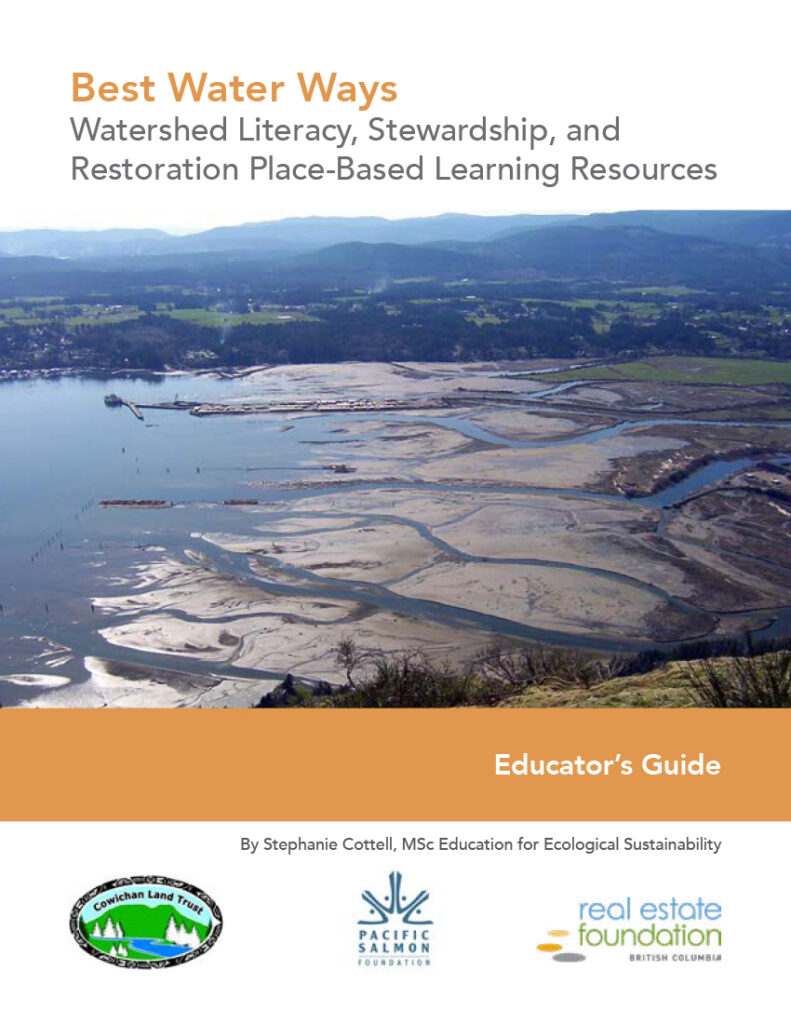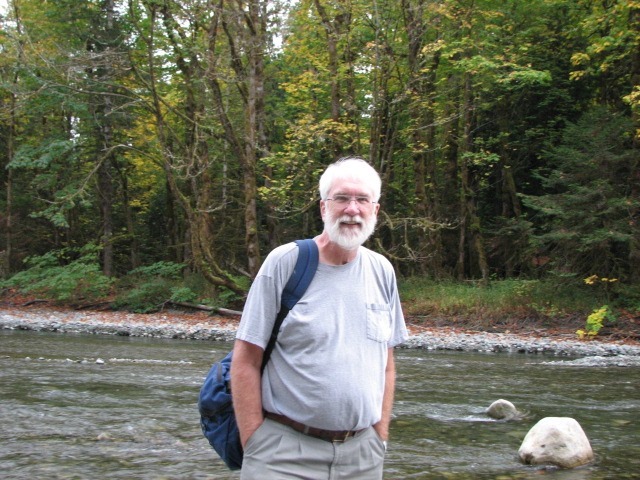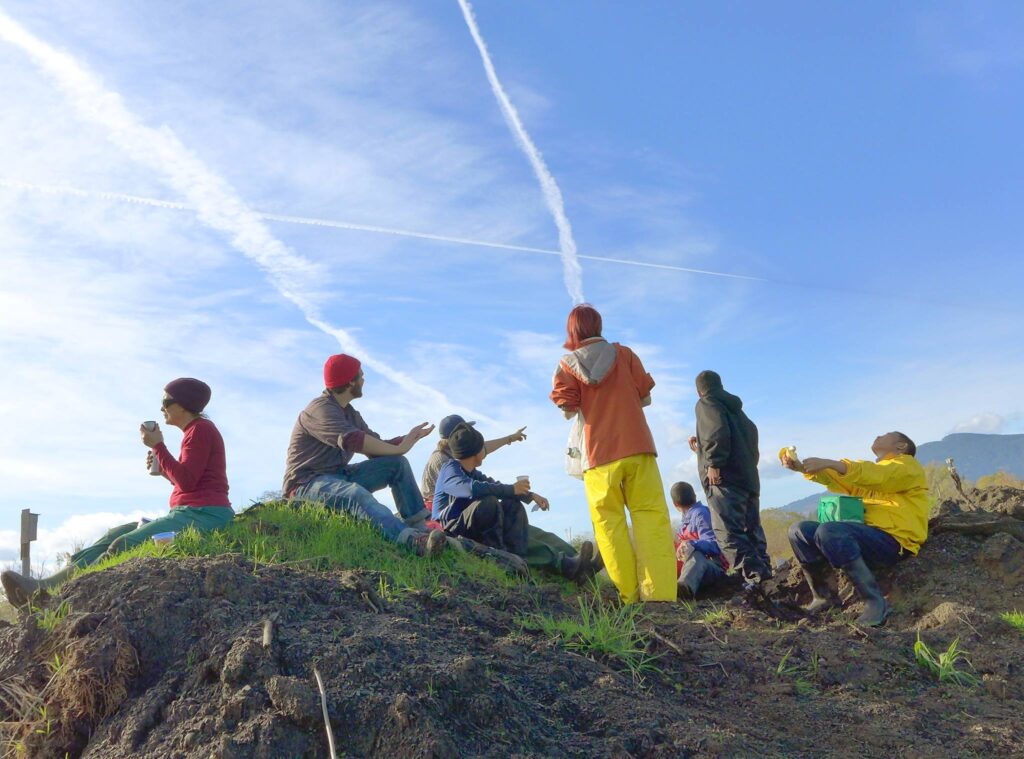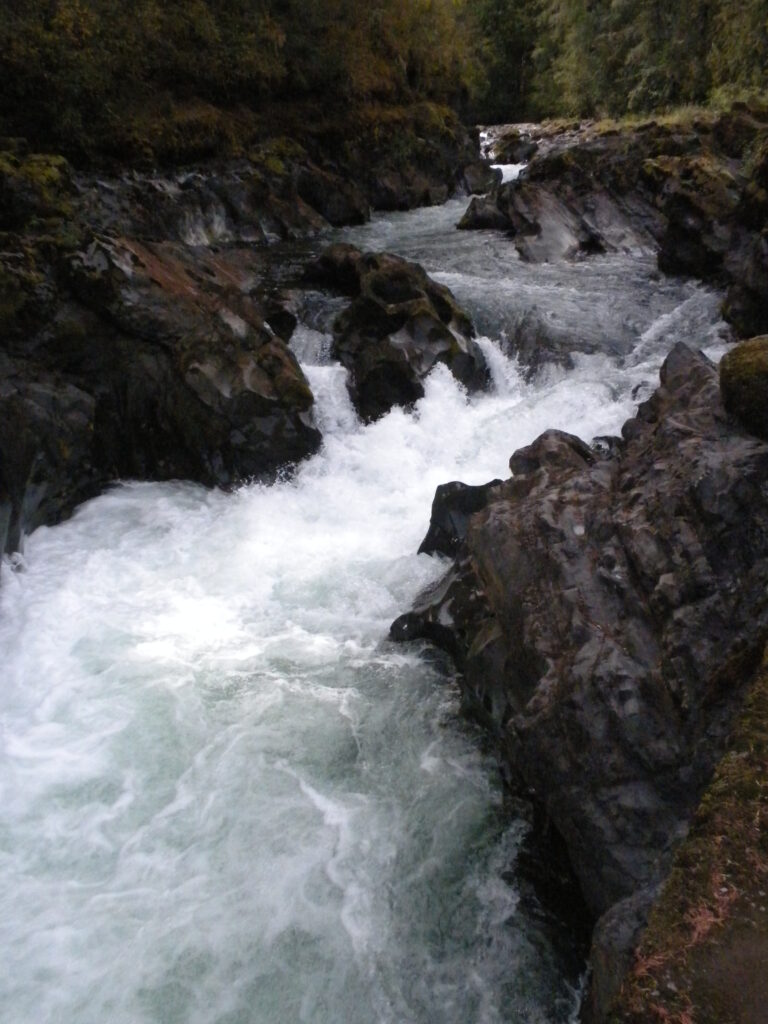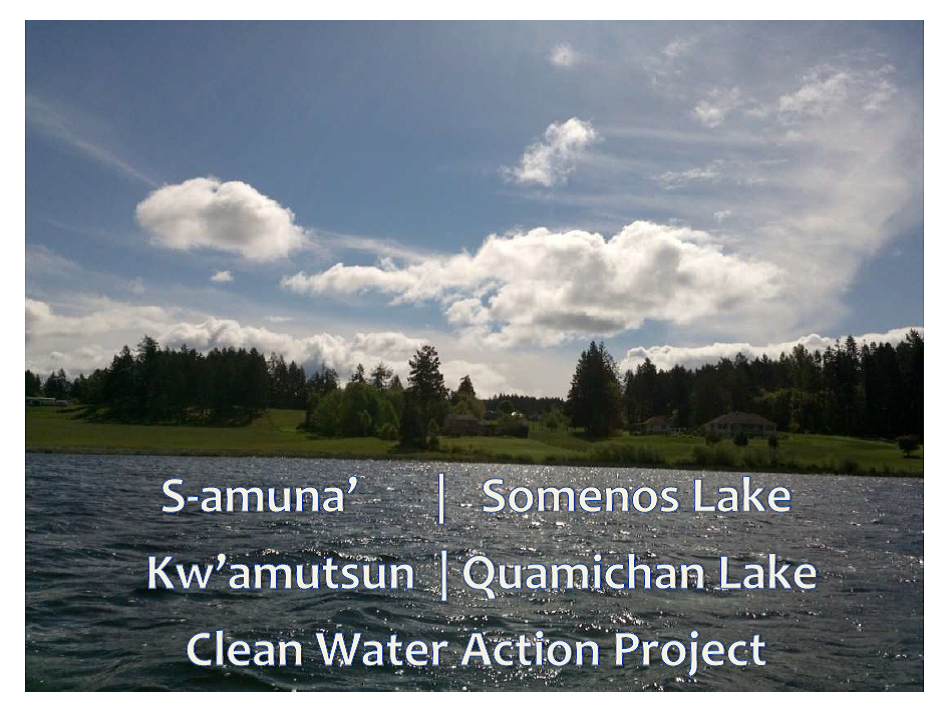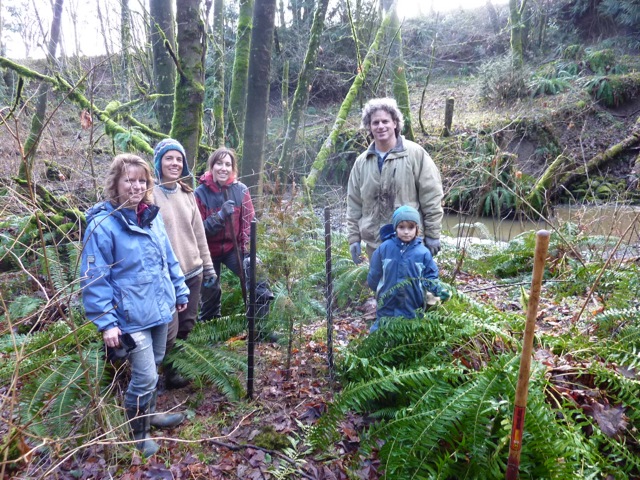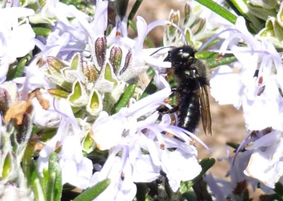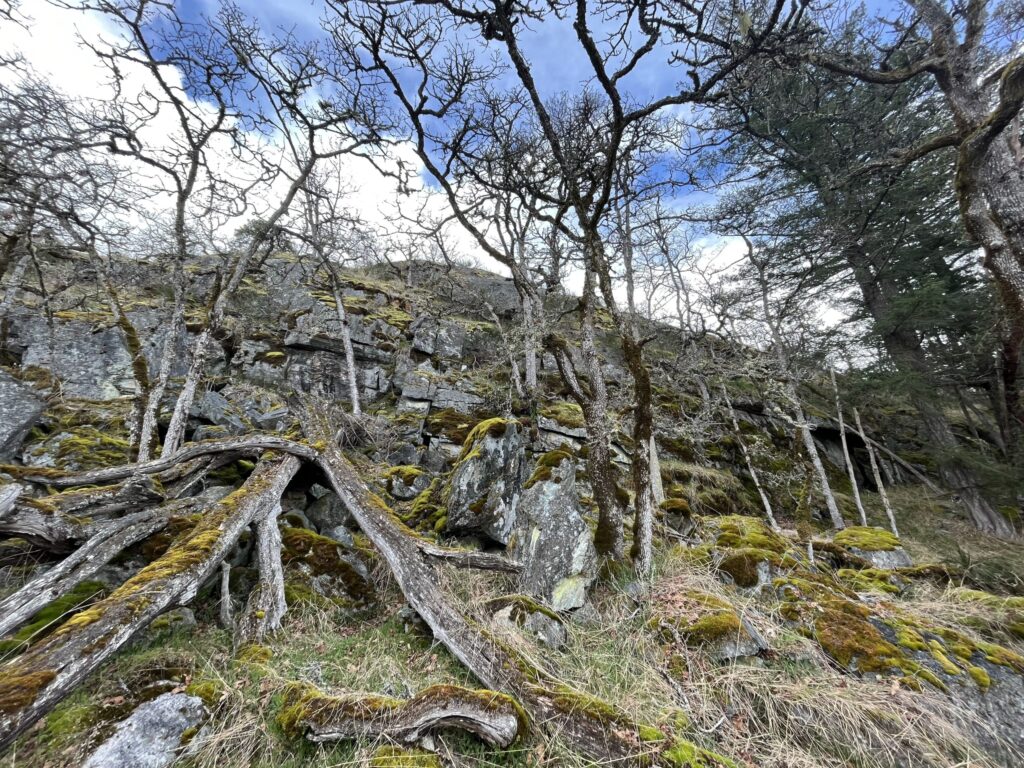
Protecting rare, endangered Garry Oak and Associated Species Ecosystems
Protecting rare, endangered Garry Oak and Associated Species Ecosystems Garry Oak Meadow with Great Camas (Camassia leichtlinii) Albino Flower. Credit: R. WilesWe are excited to share about our activities growing awareness and stewardship of the special and endangered Garry Oak ecological community on Maple Mountain! We’ve been collaborating with the BC Conservation Federation (BCCF), the Province of BC, and the Municipality of North Cowichan to develop what we plan to be a long term program focusing on caring for this special ecosystem this region is blessed with. This will include a dedicated web page coming soon! Maple Mountain is home to endangered Garry Oak and Associated Species Ecosystems that have been identified as a priority for conservation. In the recent past, unique Garry Oak and Associated Ecosystems thrived over 60-70% of Maple Mountain. This unique habitat provided abundant food and resources to multiple diverse communities within the Traditional Coast Salish nation. Because of a variety of impacts, this special ecological community has been reduced to only 10-20% on the mountain, and over 100 important species of plants, lichen, insects, reptiles, animals, and birds are threatened. Due to this decline, the government has specified Garry Oak and Associated Species Ecosystems as priority places for conservation and protection. We are aiming to connect with private landowners and residents in the area in order to further awareness of the ecological concern and how people in the community can help protect and restore these special places. CCLT Board directors Bruce Coates and Roger Wiles clearly having a great time removing invasive Scotch Broom! Credit: S. Cottell Volunteer Stewardship Stewardship and ecological regeneration involves learning to identify both the native species within the ecological community as well as invasive plants and animals that threaten it. It’s important to learn and use best practices for removal of invasive species such as Scotch broom and Spurge laurel (aka Daphne laurel). The Cowichan Community Land Trust is eager to help landowners and residents learn these practices and support individual and community restoration efforts. Early this year we began planning, and in March we coordinated 4 volunteer sessions removing invasive scotch broom and some spurge laurel in a target area of the North Cowichan Municipal Forest lands on Maple Mountain. Over the course of these sessions our small team removed over 3000 m2 of scotch broom!! And that’s no small feat as it involves a steep climb with all the gear just to get to the area. Yay team! We are planning more volunteer invasive species removal events in the Maple Mountain Municipal Forest, so stay tuned if you are keen to join! It’s a beautiful place to take in the beauty of our region while helping care for it. Please be aware that because the access and terrain is difficult it’s not an appropriate activity for children and dogs. Interested in being on the volunteer list for these activities? Email: info@cowichanlandtrust.ca
Protecting rare, endangered Garry Oak and Associated Species Ecosystems Read More »

